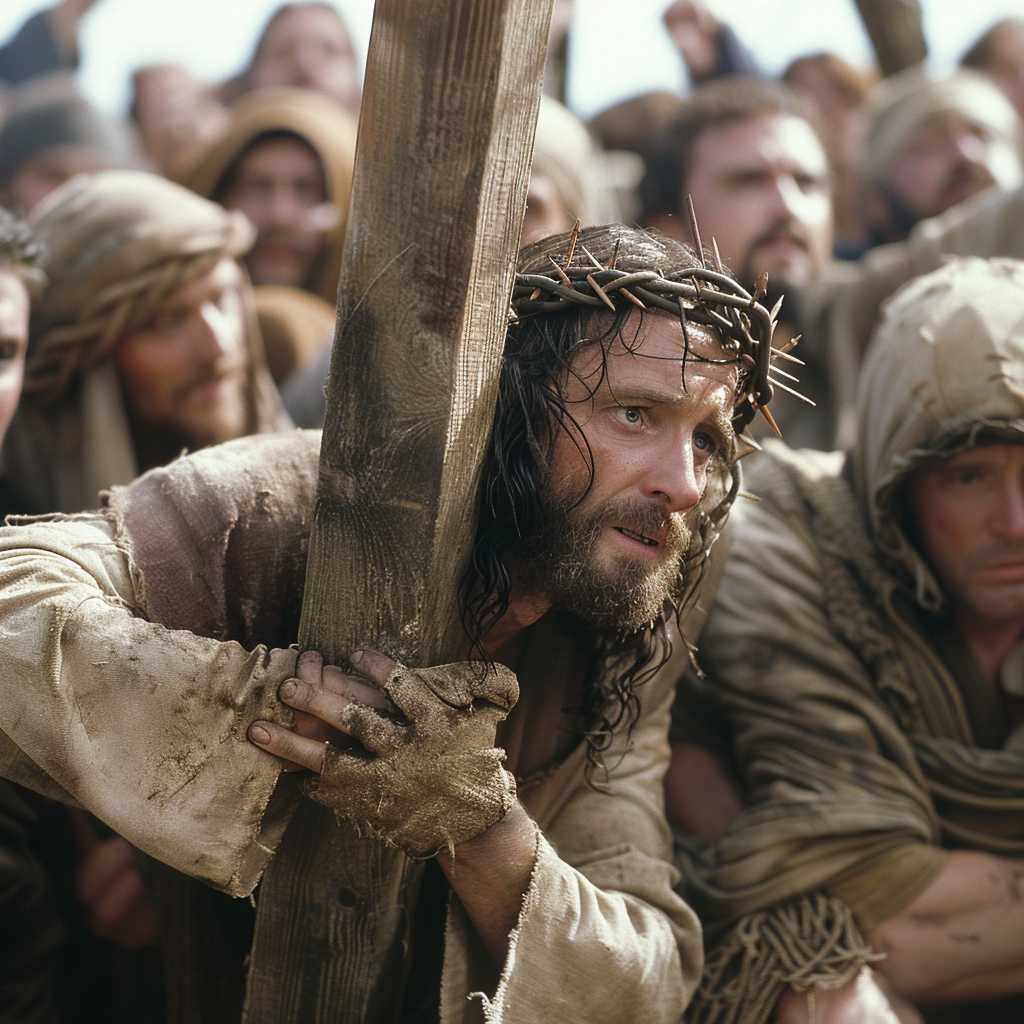The Enduring Impact of “The Passion of the Christ”: An Exploration of Mel Gibson’s Controversial Film
“The Passion of the Christ,” directed by Mel Gibson and released in 2004, remains one of the most powerful and contentious portrayals of Jesus Christ’s final hours before His crucifixion. Despite generating a storm of controversy over its graphic content and alleged antisemitic overtones, the film has made an indelible mark on modern cinema and religious culture. This extensive review examines the movie’s production, themes, critical reception, controversies, and the lasting impact it has on audiences and the film industry alike.
Genesis of a Biblical Epic: The Making of “The Passion of the Christ”
“The Passion of the Christ” began as a personal project for Mel Gibson, who not only directed but also co-wrote and produced the film. Motivated by his devout Christian faith, Gibson sought to create a film that represented the last 12 hours of Jesus Christ’s life, leading up to His crucifixion. To add authenticity, the dialogue was presented in Aramaic, Hebrew, and Latin with English subtitles — a daring choice unique among mainstream films.
Jim Caviezel was cast in the monumental role of Jesus Christ, a part that would challenge him both physically and emotionally. The movie was financed independently by Gibson’s Icon Productions, with a budget estimated at $30 million. Filming mostly took place in Italy, employing sets that recreated ancient Jerusalem with painstaking detail.
Vivid Storytelling: Plot, Symbolism, and Cinematography
The plot of “The Passion of the Christ” closely follows Gospel accounts, detailing events from the Agony in the Garden through to Jesus’ trial, torture, climb to Golgotha (the place of the skull), and finally his death upon the cross. The use of flashbacks woven into the storyline serves to provide context and deepen character development — highlighting moments from Jesus’ teaching and life.
Gibson’s directorial approach employs intense symbolism and artistry to evoke emotions ranging from empathy to horror. Renowned for its unflinching sequences featuring violence and physical suffering, the film’s stark realism was designed to impress upon viewers the extent of Christ’s sacrifice for humanity. Cinematographer Caleb Deschanel captured these elements with haunting visuals that emphasize both the singular human drama and divine significance ascribed to Jesus’ crucifixion.
Amid Praise and Censure: Reception and Critical Reaction
Upon release, “The Passion of the Christ” garnered immense box office success but polarized both critics and audiences. Some applauded it as a profound act of faith and a meaningful interpretation of an ancient narrative. Religious leaders of various denominations recognized its potential for evangelization, driving forward spiritual discussions.
Contrastingly, film critics were split on its merits as a cinematic piece due to what many perceived as excessive brutality and an uncompromisingly bleak tone. It sparked intellectual debates over its filmic value beyond its religious content — changed cinematography style.
Courting Controversy: Accusations of Antisemitism and Violence
Perhaps no aspect of “The Passion of the Christ” gave rise to more heated debate than allegations of antisemitism. Critics contended that Gibson’s film depicted Jewish authorities in a light that could promote stereotypes or misconceptions about contemporary Jewish people’s complicity in Jesus’ death. The portrayal inspired widespread discussion about historical accuracy vs. artistic expression concerning sensitive religious topics.
Furthermore, the intense graphic depiction of violence prompted dialogue regarding whether such brutality was necessary to convey its message or whether it crossed into exploitative dimensions. Anti-violence groups expressed concern over potential psychological impacts on viewers exposed to prolonged scenes of suffering.
Cultural and Religious Resonance: The Legacy of “The Passion”
Regardless of personal viewpoints on its thematic choices or narrative presentation, “The Passion of the Christ” left an undeniable imprint on pop culture and subsequent religious-themed media. It opened doors for filmmakers seeking to explore faith-based stories outside traditional production venues. It encouraged conversations about historical religious events within contemporary contexts while reminding industry stakeholders of devout audience markets.
Beyond the arts, “The Passion” spurred theological discourse about interpretations of sacred texts in modern multimedia platforms. It became a resource for religious education while also prompting communities to address the nature in which religion and popular entertainment intersect—and sometimes collide.
Notes
Image description: An intense scene from ‘The Passion of the Christ’ depicting Jim Caviezel as Jesus Christ carrying the cross amid a crowd of onlookers pressed around him. His figure is closely framed at an arduous angle capturing an expression mingling pain with determination, underlining emotional depth synonymous with this portrayal of suffering and sacrifice within this epic biblical narrative.
